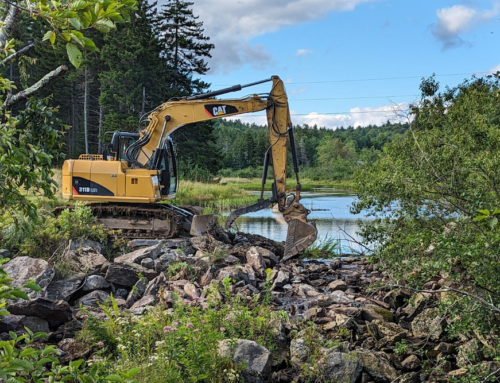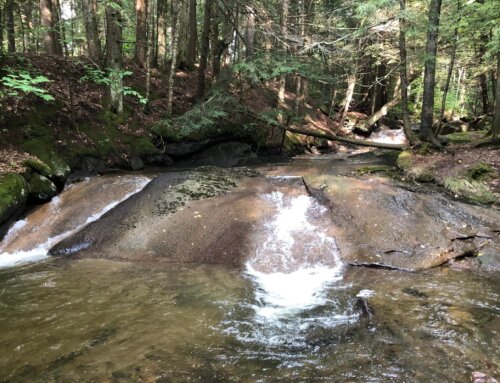Hey, what is this?
Freshwater mussels in the Connecticut River
APRIL 2008 — “Hey, come here and look at this clam shell.” “How did this get here?” “Where did it come from?” Did someone have a clam bake on the shore of the river?” These are common questions when someone sees their first freshwater mussel shell at the edge of the Connecticut River or one of its tributaries. Few people are aware that our river and its tributaries are host to freshwater mussels. So why should anyone care that there are mussels in our river?
Mussels are filter feeders consuming algae, bacteria, and organic particles suspended in the water. They feed by taking in water through a siphon and passing it over mucous-covered gills where the food items are collected and then transferred to the mouth. Waste particles are flushed out through an exit siphon. The filtering action improves water quality and cleanses lakes and streams. Unlike their saltwater relatives, however, freshwater mussels are no culinary delight for humans because (according to those who have tried them) along with being rubbery to chew, they taste and smell much like the river bottom.
Of the 1,200 known varieties of freshwater mussels in the world, 300 species of mussels live in the streams and lakes of North America with 12 species inhabiting the Connecticut River watershed. Wherever they are, mussels are an indicator species of the condition of the water in which they live because they are sensitive to siltation and low dissolved oxygen levels. Fish and animals eat mussels making the mussel a link in the food chain transferring the food value of organic debris and plankton they filter out of the water to species higher up the food chain such as fish, muskrats, raccoons, and otters. Any drop off in the number or diversity of the mussel population is an indicator that water quality is declining and after the mussel population drops, the fish and terrestrial populations that rely on clean water and mussels to supplement their diet will drop too.
Freshwater mussels have a remarkable life cycle. Male mussels release sperm into the water, and sperm are then taken in by the female through the syphon. The fertilized eggs develop into microscopic larvae called glochidia that look like tiny mussels. They are parasites that must attach themselves to the fins or gills of a fish. To increase the chances of their young making contact with a fish host, some females “go fishing.” by displaying specially adapted tissues that look like fish prey to try to lure fish to swim near them. Sensing a fish nearby, the female releases her young into the water, ready to clamp onto the fish. After being attached to a fish for one to several weeks, glochidia let go of the fish and sink to the bottom where they will spend the rest of their lives. Mussels are specific about the fish they parasitize. If the host fish disappears from a stream, mussels cannot reproduce.
Most mussels are habitat specific requiring certain water flow combined with a distinct mix of cobble and sand in which to anchor them. They move little from where first deposited by the host fish. Pollution that reduces dissolved oxygen levels added to the threats posed by natural predators and any unnatural amounts of silt and sediment from agricultural and stormwater runoff makes it understandable why The Nature Conservancy feels that 50 species of mussels in the US could go extinct in the next two decades.
If you would like to know more about the mussels in our watershed that are rare, threatened with extinction or endangered; how dams and other impassable barriers in the river and its tributaries affect mussel survival; how the prolific zebra mussel might affect our mussels; or how to tell the age of a mussel and the general water conditions during its life you want to get a copy of Freshwater Mussels and the Connecticut River Watershed, by Ethan Nedeau, well known expert on freshwater mussels throughout New England. The Connecticut River Watershed Council has just published this exhaustively researched and beautifully illustrated guide to mussels found in the Connecticut River basin. This new publication will serve as a welcome tool for resource agencies, conservation commissions, biologists, and schools with active ecological studies programs.
Due to the expense of publishing the book, supplies are limited. The Connecticut River Watershed Council is offering single copies of Freshwater Mussels of the Connecticut River Watershed for a shipping fee of $5.00 for mailed copies. CRC will mail a single copy to each requester and those wishing to obtain additional copies should make a special request. Please contact CRC at ctriver.org or (413) 772-2020 ext 207 to request a copy.
David L. Deen is River Steward for the Connecticut River Watershed Council, an articulate voice for the Connecticut River for more than half a century.







